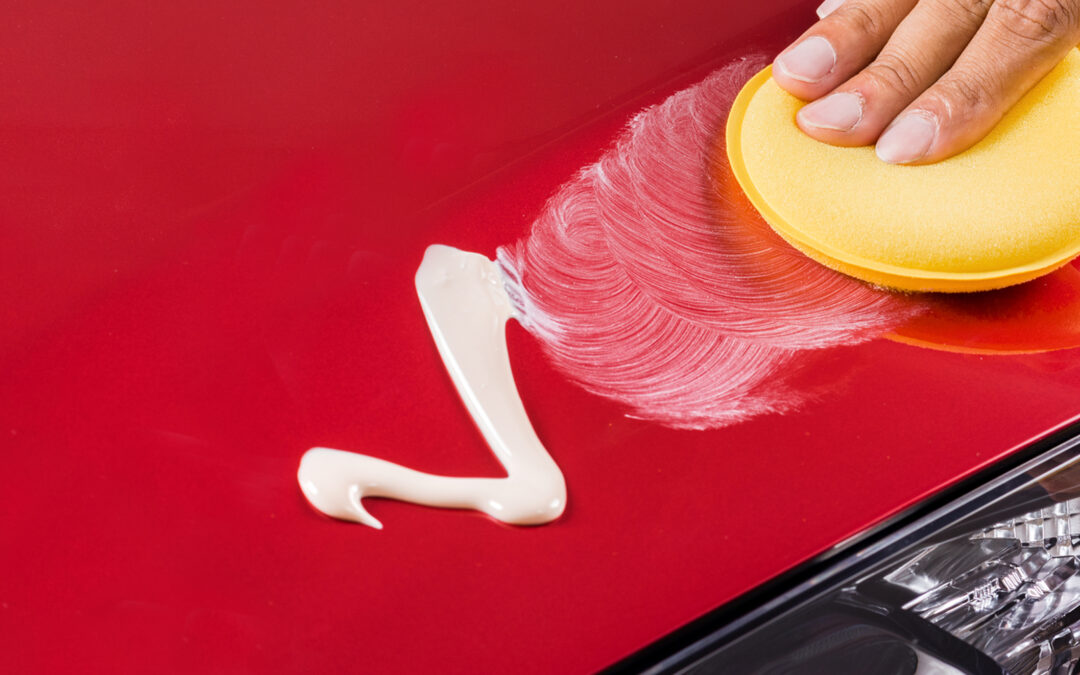THIS ISN’T YOUR GRANDPA’S WAX!
Technology has changed every aspect of our lives; from the way we communicate, to how travel and even how we play. Technology has also improved the way we are able to clean, protect and enhance our vehicles’. For most folks, next to our homes, our car, motorcycle or boat is the second most expensive investment a person can make.
Therefore, it would make sense that we should make every effort to invest in the upkeep and maintenance or our most prized possessions. However, some people continue to hold on to the technology of yesteryear and continue to “wax” their vehicles. Your grandpa’s waxes have evolved…
Let’s start with some definitions–
WAX: organic, exists in nature, not man made…derived from animal or plant matter. More specific to the automotive or marine industry is Carnauba Wax — is a specific type of wax derived from leaves of the palm, (Copernicia Prunifera) a plant native to and grown only in the northeastern Brazil.
SYNTHETIC: Man-made product engineered to optimized performance, especially to imitate a natural product. Again, more specific to the auto and marine markets is Synthetic Polish or Polymers – is a large molecule composed of repeating units connected by chemical bonds. Now for some fact, Facts:
| Carnauba Wax | Synthetic Polishes |
|
|
And now, one more definition–
ABRASIVE: A substance used for grinding, polishing or cleaning a hard surface. Abrasives are great for cleaning your teenagers shower or a concrete floor, but not ideal for a delicate clear coat of gel coat surface. Unfortunately, most waxes contain abrasive cleaners which are rubbing compound that scratch the surface clean and damage the finish on your car or boat.
THE SCIENCE BEHIND THE PRODUCTS: Because wax molecules are very short…relatively speaking, and randomly sized, they cannot “grab” on to the surface of the vehicle. This design flaw paired with a relatively low melting point makes for a poorly engineered product that provides very little protection from the elements, durability or shine. Conversely, the synthetic polishes or polymers are very, very long and are identical in size to the other polymer resin molecules. This physical property allows for these super-sized molecules to get embedded in the pores of the clear coat or gel coat surface and chemically bond to the surface. This combined with the extremely high melting point makes for a much more durable finish. Additionally, because the polymer is able to penetrate the pores and chemically bond to the surface, a layering effect is possible. This means that there is a cumulative effect to each successive coat…and each application produces a deeper shine and more protection from the elements. The application process is also much easier for synthetic polymers than waxes; buffing is not required to drive the polymer into the surface like a wax and a synthetic polish will not harden so they are easier to remove. So there you have it! Although the nomenclature is similar, the application and performance of wax versus a synthetic polish is drastically different.
All Finish First products are synthetic and contain no wax, silicone or Teflon™.

